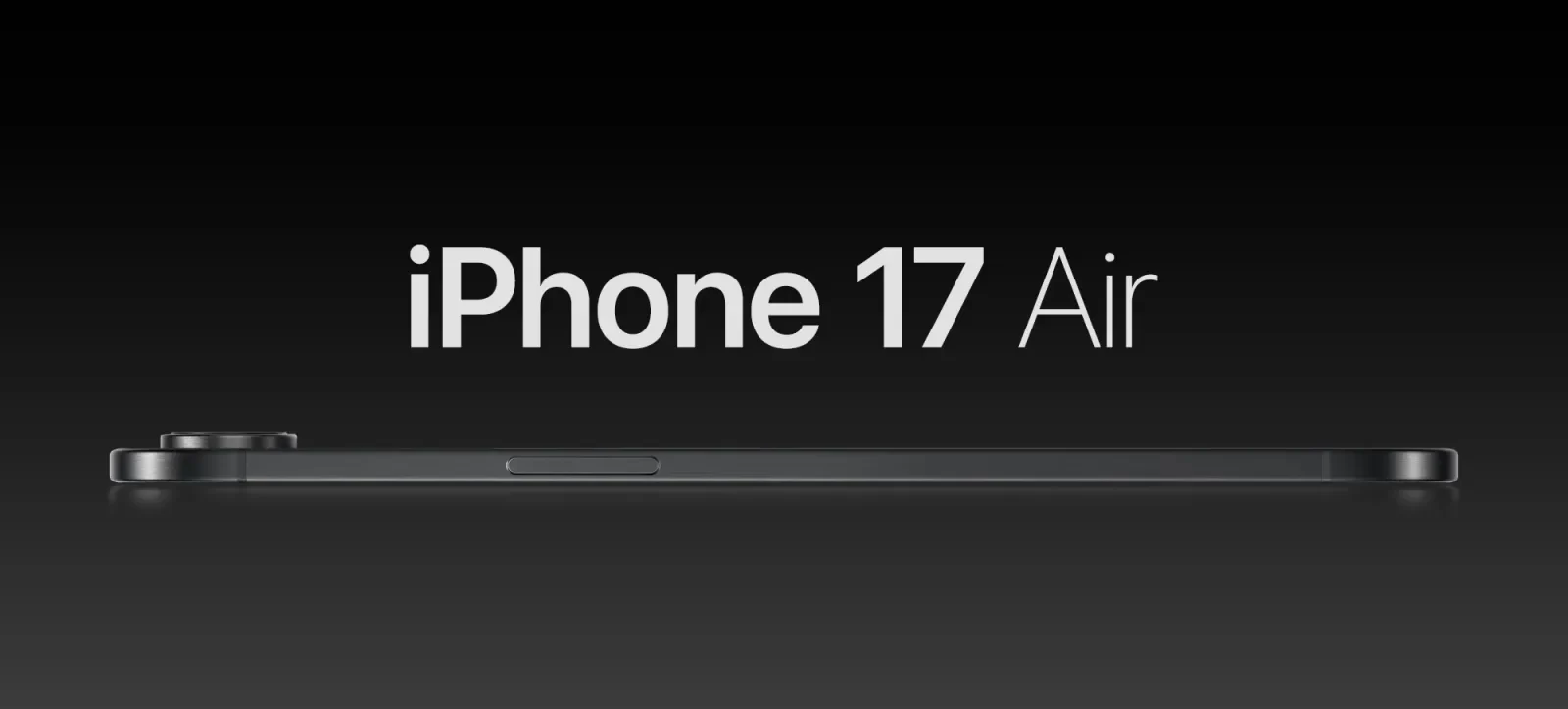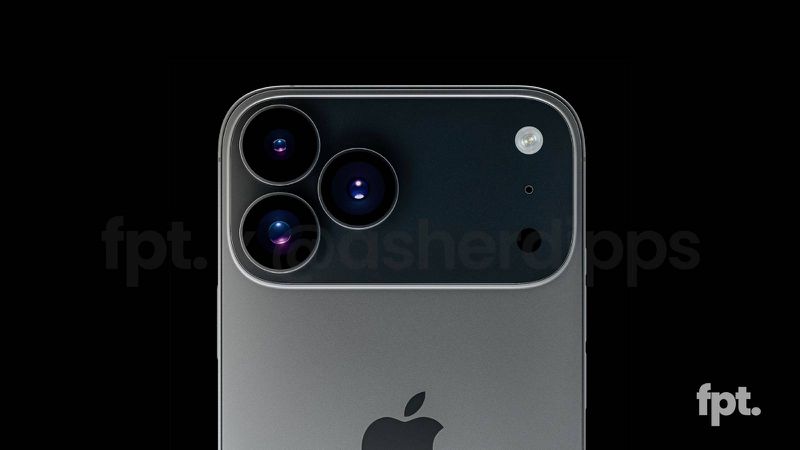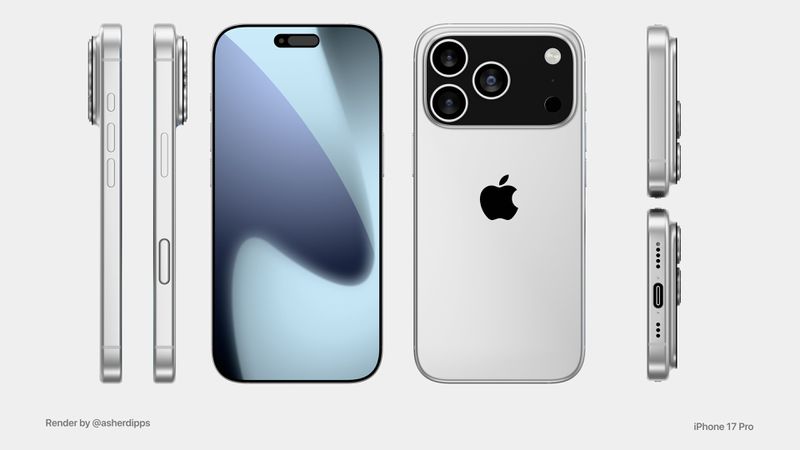Apple is rumored to replace the iPhone “Plus” with a new model called the iPhone “Air” in the iPhone 17 lineup. Here’s what we’ve learned from various sources about this upcoming slim phone.
The Name “Air”
The term “Air” has been floated by tech experts like Jon Prosser and Mark Gurman, suggesting that this new phone will be thinner than previous models. This iPhone 17 Air aims to fill the gap between the standard iPhone 17 and the Pro versions, offering a sleek alternative to the less popular Plus model.
How Thin Will It Be?
Rumors suggest the iPhone 17 Air could be the thinnest iPhone yet, with a possible thickness of just 5.5mm, even thinner than the iPhone 6 at 6.9mm. It’s expected to feature an aluminum body instead of the titanium used in Pro models, which contributes to its slim profile. However, there’s talk that it might only have one speaker due to space constraints.
Screen Size
The screen might be around 6.6 inches, according to analyst Jeff Pu, although another source, Ross Young, mentions a slightly smaller 6.55-inch display. This would make it smaller than the current iPhone 16 Plus’s 6.7-inch screen.
Display Features
All iPhone 17 models, including the Air, are rumored to get ProMotion, meaning a smooth 120Hz refresh rate for better scrolling and viewing. This would also allow for an always-on display, showing time and notifications when the phone is locked.
Camera Changes
The camera layout might shift to the top center of the phone, a departure from the traditional top-left corner placement. Additionally, the iPhone 17 Air might only have one rear camera, according to leaks.
Durability and Camera Upgrades
The screen is expected to be more durable with an anti-reflective coating. The front-facing camera could see an upgrade to 24 megapixels, promising better selfies with more detail and clarity.
Memory and Processing Power
The new model is likely to come with 8GB of RAM, matching the current iPhone 16 lineup. It’s also expected to run on the A19 chip, potentially offering better performance and efficiency.
In-House Tech
Apple might introduce its own 5G modem in this model, alongside a Wi-Fi chip, aiming for better connectivity and power efficiency. The phone will reportedly go SIM-less, using only eSIM technology globally.
Price
There’s some debate on pricing; it could either be priced like the iPhone 16 Plus at around $899 or might even be more expensive than the Pro Max if it’s positioned as a premium device.
With these rumors, the iPhone 17 Air sounds like it could be a significant shift in Apple’s strategy, focusing on sleek design while maintaining high performance. However, these are still leaks and subject to change as we approach the expected September 2025 release.



